From 19th-century bloomers to 2025’s Milan runways, fashion has long challenged the boundaries of gender. Today, androgyny is no longer a fringe statement but a defining force where garments transcend traditional codes, celebrities and designers alike celebrate freedom, identity, and self-expression without limits.
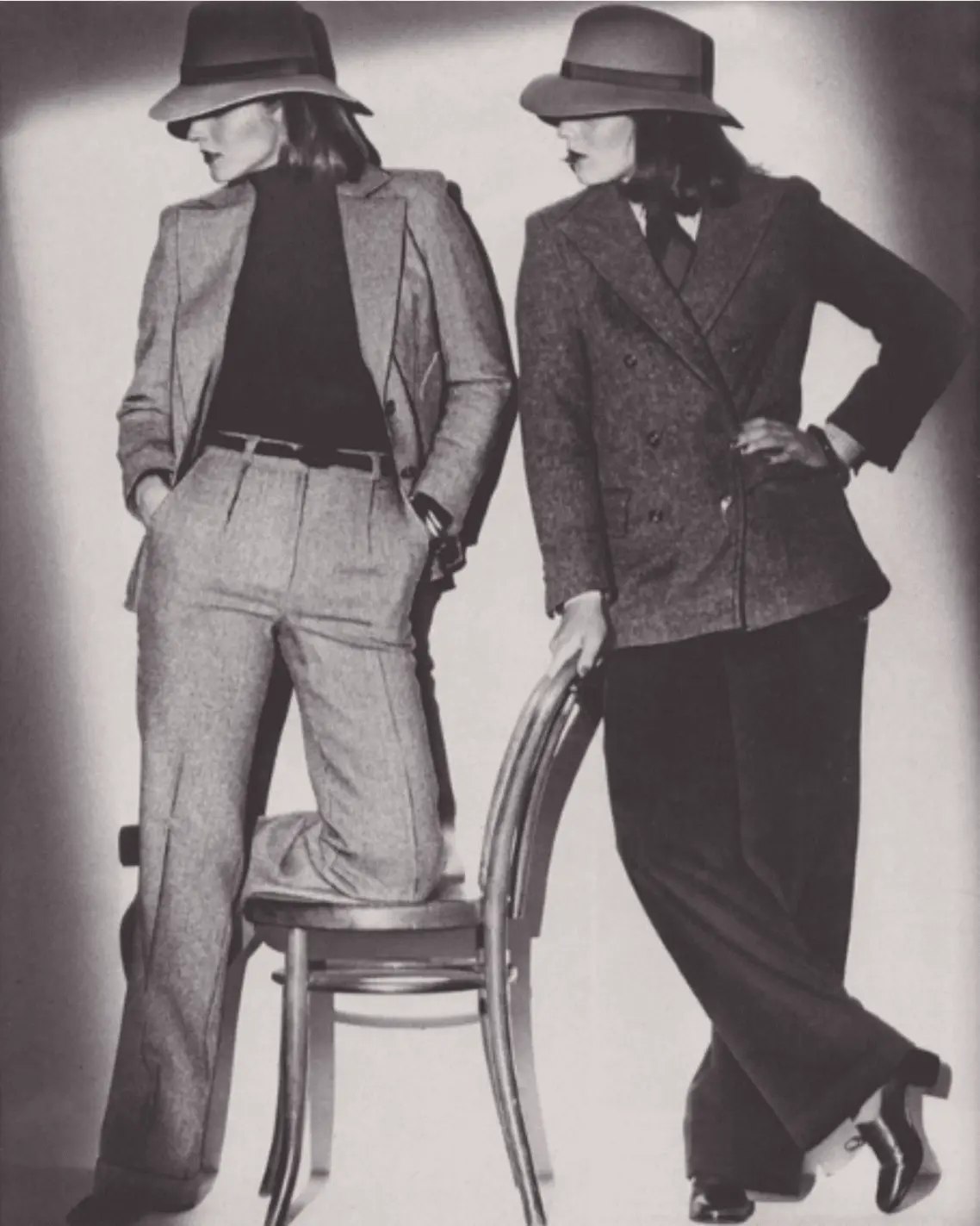
From 19th-century bloomers to 2025’s Milan runways, fashion has long challenged the boundaries of gender. Today, androgyny is no longer a fringe statement but a defining force where garments transcend traditional codes, celebrities and designers alike celebrate freedom, identity, and self-expression without limits.
October 10, 2025
From 19th-century bloomers to 2025’s Milan runways, fashion has long challenged the boundaries of gender. Today, androgyny is no longer a fringe statement but a defining force where garments transcend traditional codes, celebrities and designers alike celebrate freedom, identity, and self-expression without limits.
From Andreja Pejić’s fluid grace on the runway to Rain Dove’s captivating blend of masculine and feminine energy, and Erika Linder’s fearless boundary-pushing, contemporary fashion celebrates a freedom beyond gender. For these figures, clothing is not just attire - it is a manifesto, a declaration of identity and self-expression that exists without constraints. Fashion no longer asks questions about what is “appropriate” for men or women; it simply celebrates the individual.
The history of androgyny in fashion demonstrates that style has always been intertwined with social liberation. The term itself, derived from the Greek roots andr- (man) and gyn- (woman), literally means “man-woman.” It represents a dialogue between clothing, identity, and culture. In the 19th century, garments long associated with femininity became tools of liberation.
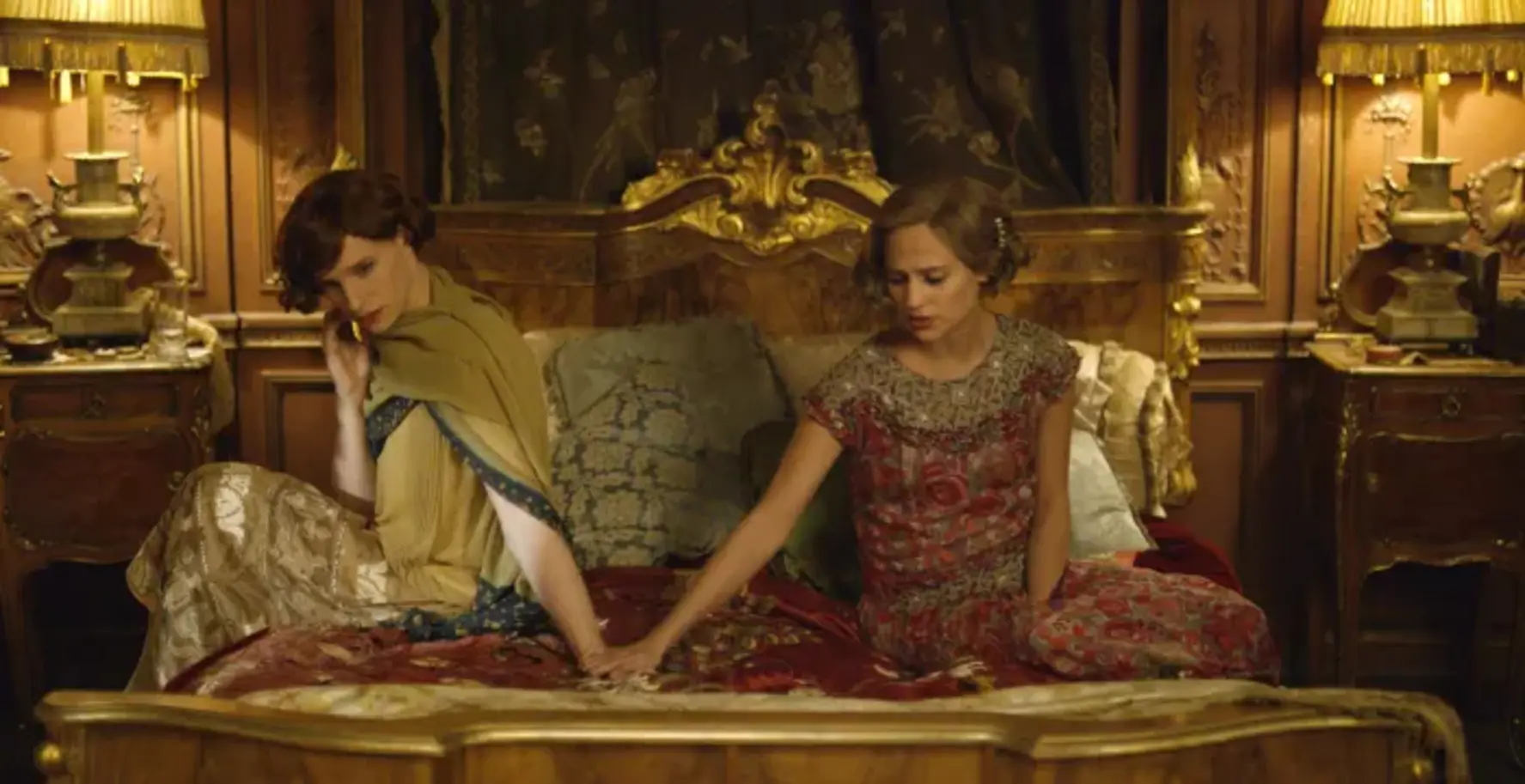
In 1851, Elizabeth Smith Miller, frustrated by the long, heavy skirts that hindered her daily work, cut them short, creating the iconic “Bloomer” outfit. Amelia Bloomer, a women’s rights advocate, further popularized this style, emphasizing comfort and autonomy. During World War I, women were propelled into factories, fields, and construction sites, and trousers - once a strictly male domain - became symbols of empowerment. In Puerto Rico, activist Luisa Capetillo famously wore men’s suits and ties in public, challenging societal expectations and redefining what women could wear.
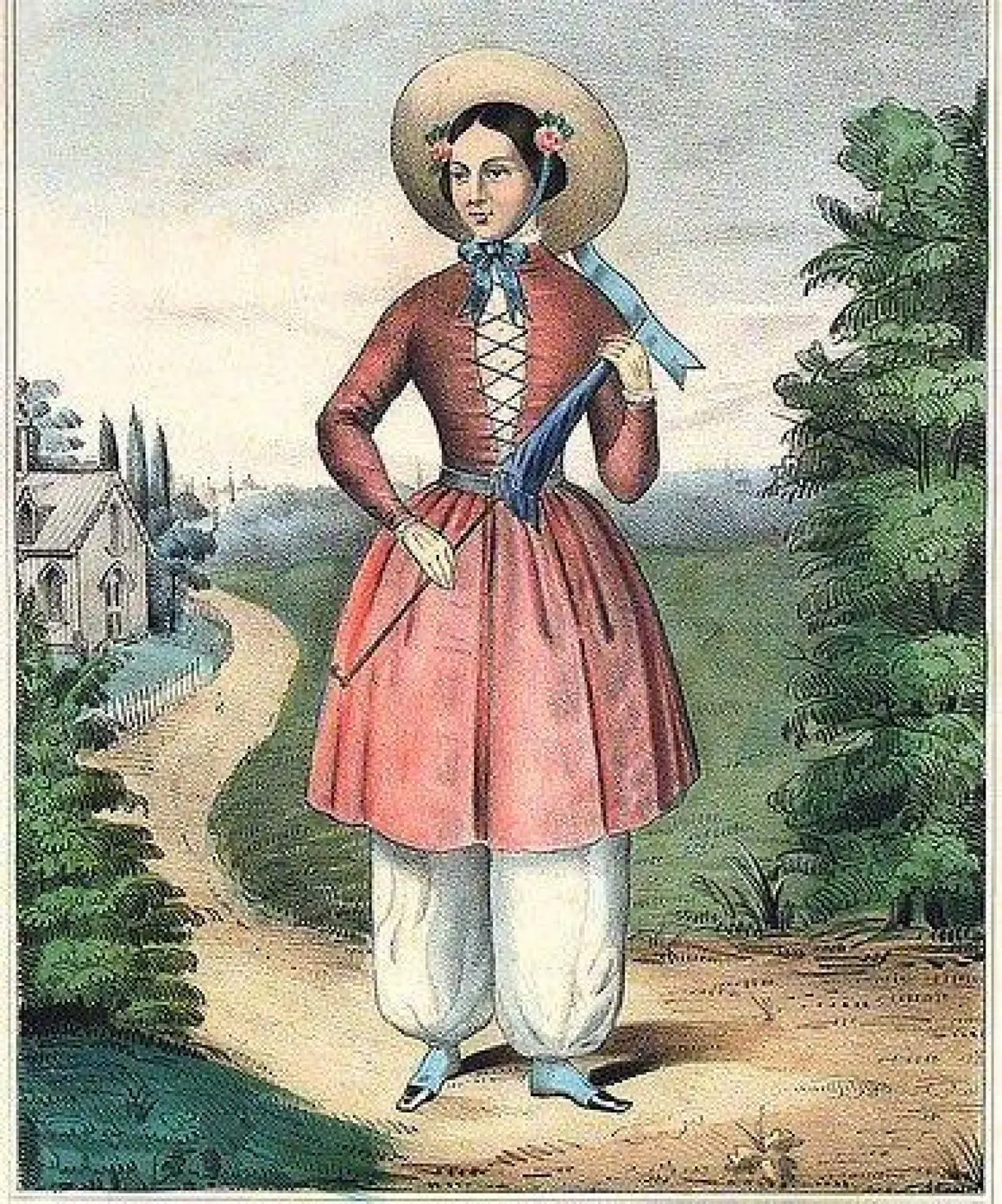
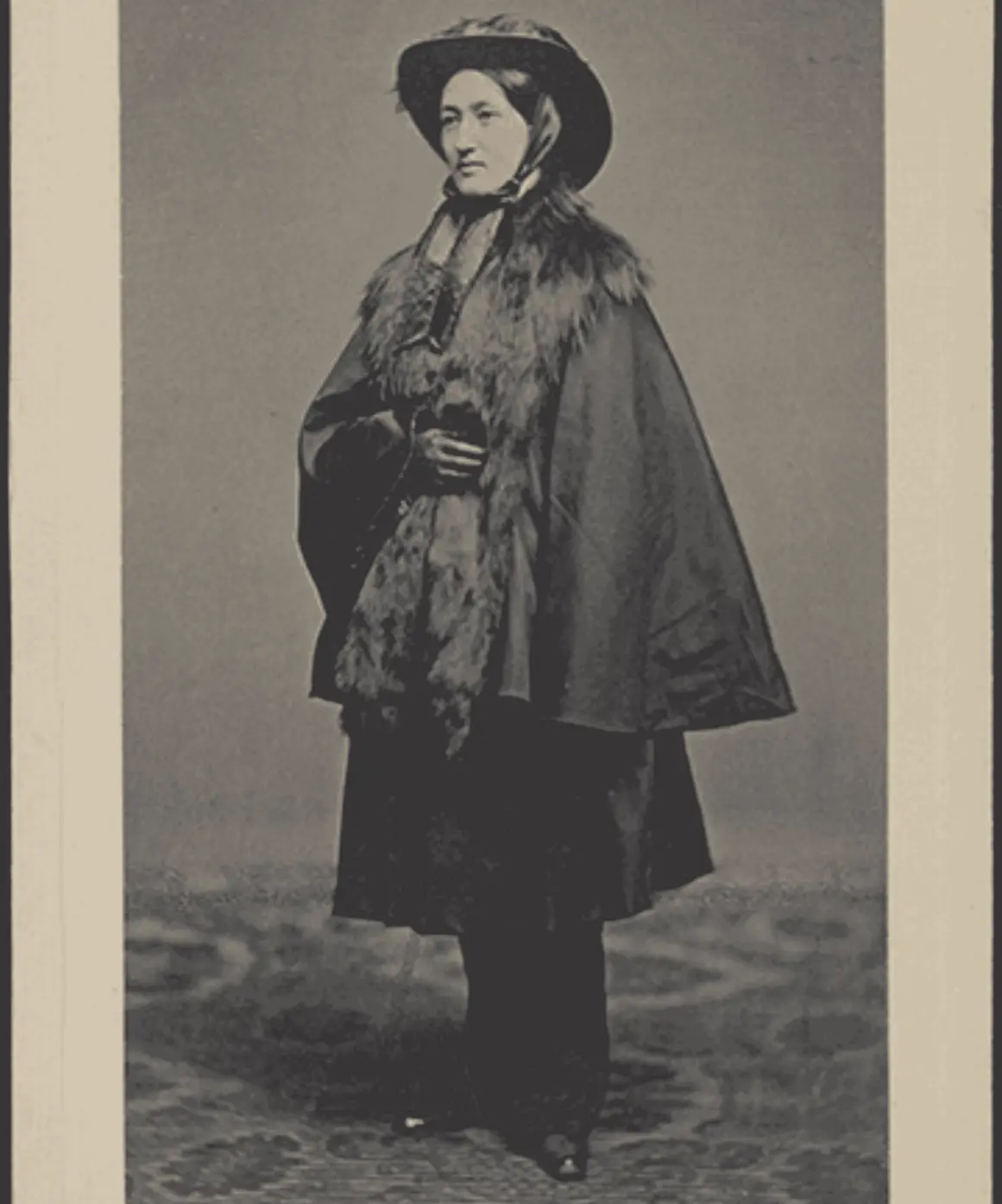
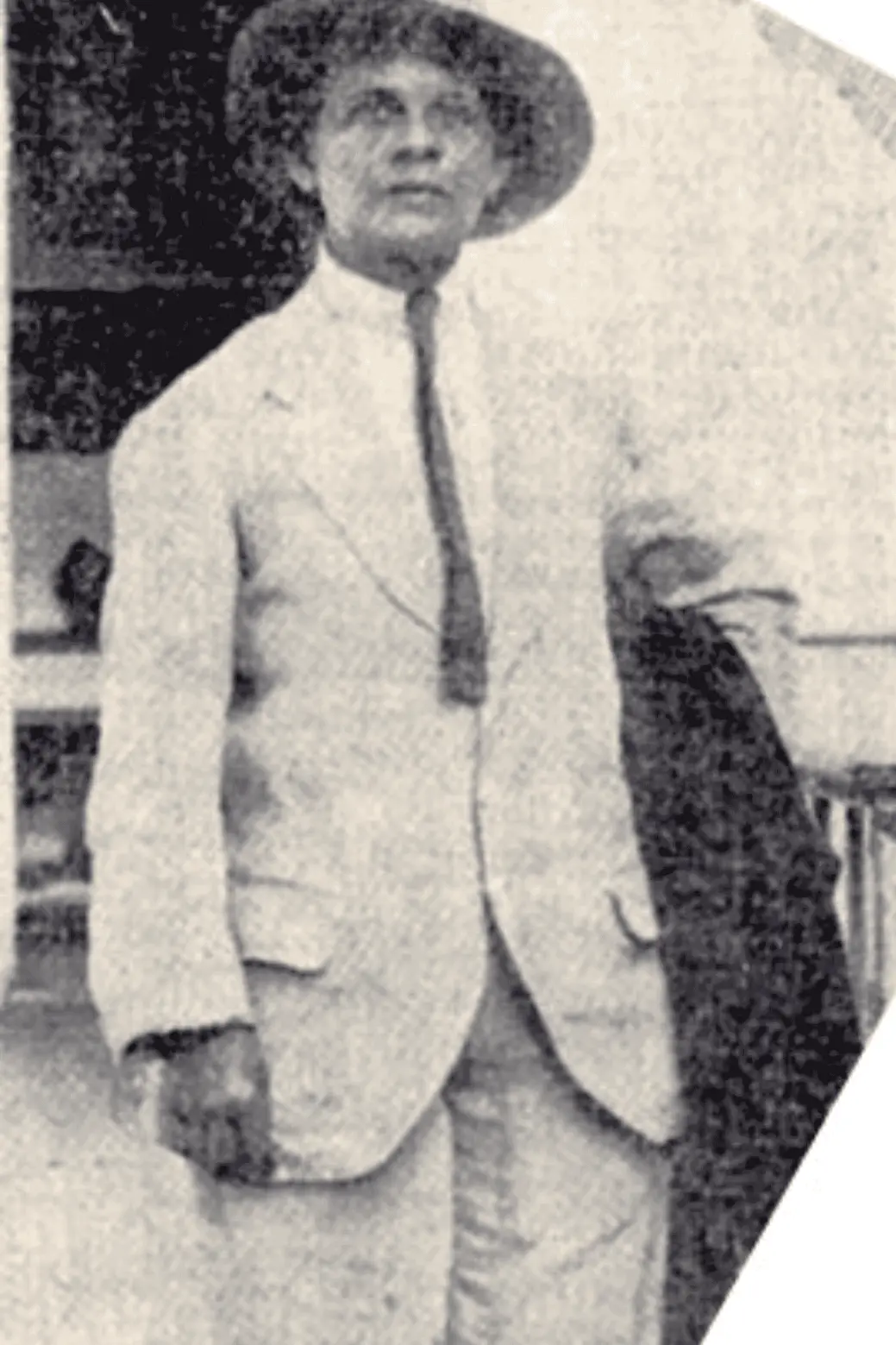
By the 1920s, Coco Chanel had successfully integrated elements of masculinity into womenswear. Her personal style - pantsuits, tailored jackets, and casual trousers - helped normalize trousers for women, alongside loose-fitting “flapper” dresses popularized with Paul Poiret. Cinema also embraced this aesthetic: Marlene Dietrich wore tailored suits in the 1930s, asserting elegance while challenging gender norms.
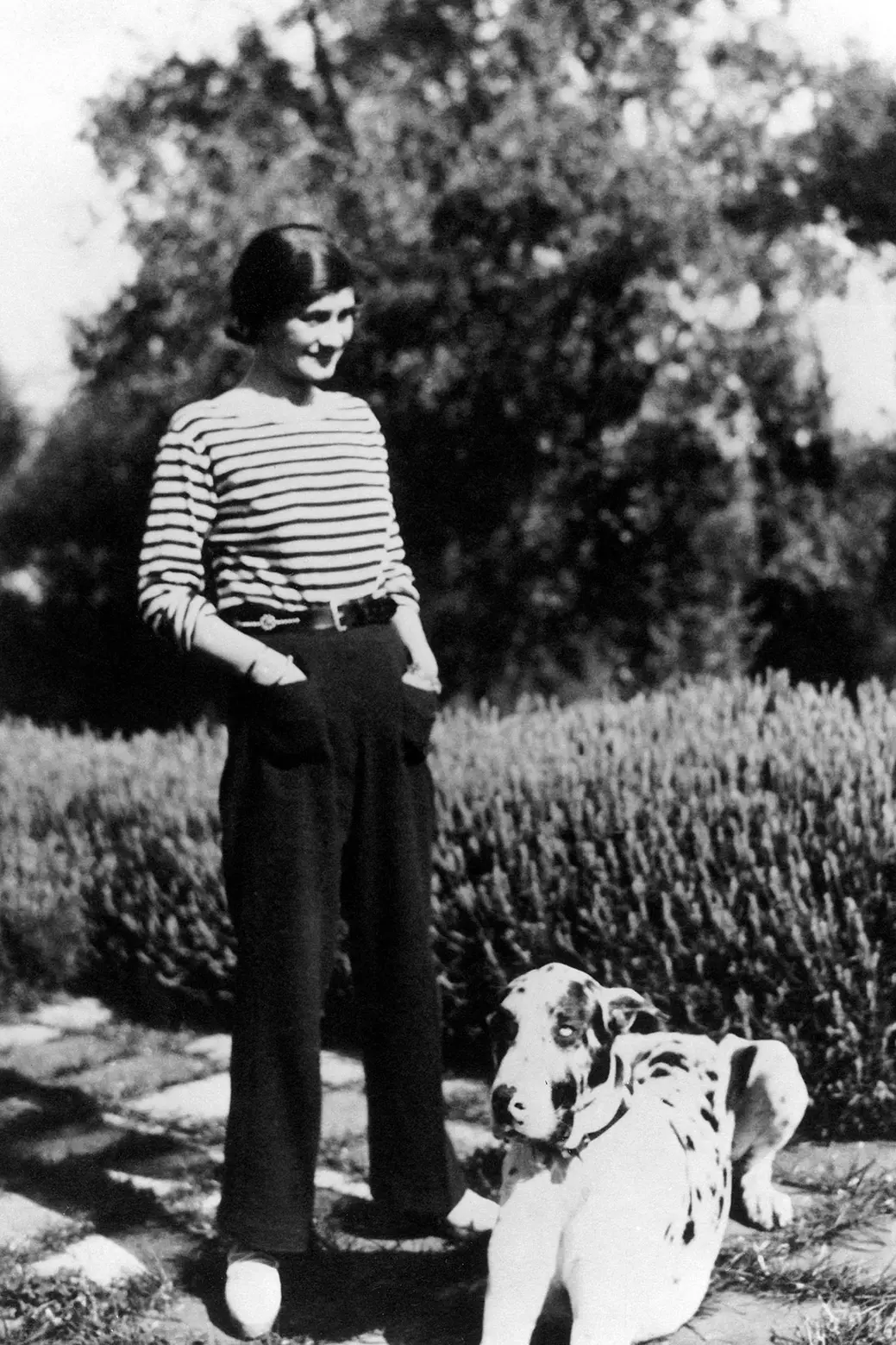
The 1960s and 70s marked another significant cultural pivot. Mick Jagger’s 1969 Hyde Park performance in a “man dress” and Jimi Hendrix’s adoption of feminine blouses and heels blurred gender lines in popular culture. Yves Saint Laurent’s introduction of Le Smoking tuxedos for women turned tailored suits into symbols of female empowerment. Meanwhile, French designers André Courrèges and Pierre Cardin pioneered the Space Age aesthetic, offering sleek, futuristic unisex designs. Androgyny had evolved from rebellion to a fully realized aesthetic, reflecting the cultural zeitgeist.
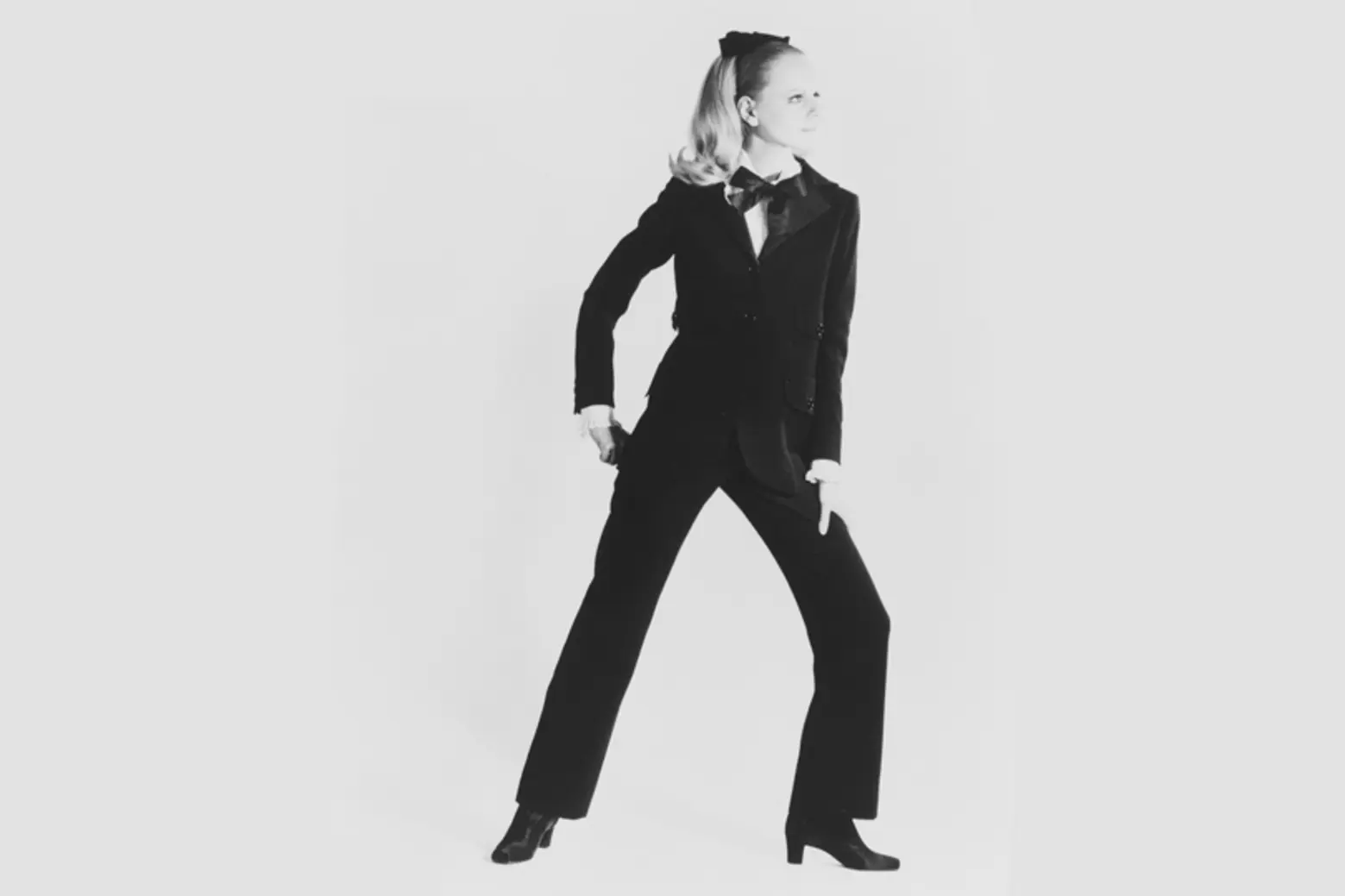
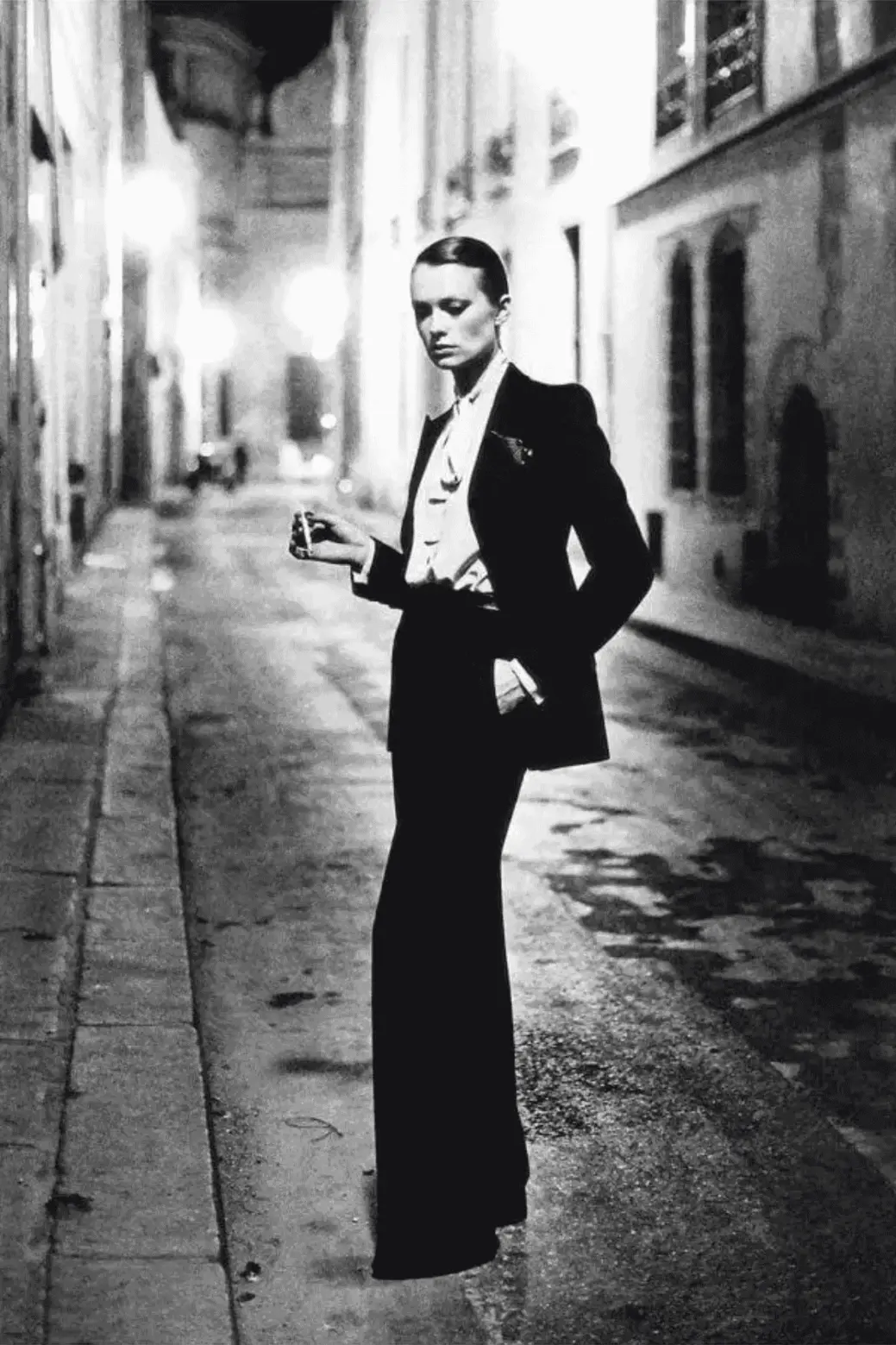
Fast forward to the 21st century, and androgyny is no longer limited to isolated statements - it is a defining characteristic of contemporary fashion. Milan Fashion Week 2025 demonstrated this vividly. Gucci, now under Demna’s creative direction following Alessandro Michele’s departure, opened the season with a collection that honored the house’s androgynous legacy while embracing new energy. Male and female models alike wore oversized fur coats, sheer blouses, flowing skirts, and metallic accessories, creating a visual dialogue that transcended traditional gender binaries.
In Paris, Balenciaga’s Fall 2025 collection of Demna featured gender-fluid silhouettes and minimalistic tailoring with exaggerated proportions. Models wore platform boots and tailored skirts, walking alongside others in draped coats and oversized blazers, challenging conventional distinctions between menswear and womenswear. The collection reflected Balenciaga’s ongoing interest in questioning societal norms while highlighting fashion’s capacity for empowerment and playfulness.
Across the Atlantic, New York Fashion Week showcased Thom Browne’s Spring 2025 menswear, which merged Victorian-inspired corsetry with sharply cut suits. This juxtaposition underscored the notion that garments themselves need not be inherently masculine or feminine - they are instruments of self-expression. Designers such as Rick Owens, Jean Paul Gaultier, and Alexander McQueen continue to explore these boundaries, incorporating fluid tailoring, unconventional textures, and asymmetry into both men’s and women’s collections.
Androgyny is no longer confined to runways – it thrives on red carpets and in pop culture. Where once a woman in a suit was an act of rebellion, today, a midi skirt or a corset on a male body barely registers as shocking. Gender is no longer a limit; it's a palette from which anyone can paint their own self-portrait. Witness Harry Styles on the cover of US Vogue's December 2020 issue, casually draped in a tiered Gucci ball gown. No press release, no gimmick – just a serene Harry amidst a field, as if men had always worn dresses. In the same year, he continued to shatter gender stereotypes during his "Love On Tour" performances, constantly transforming between sparkling suits, sheer tops, sequins, pastel jumpsuits, and even corsets, becoming a living embodiment of modern androgyny.
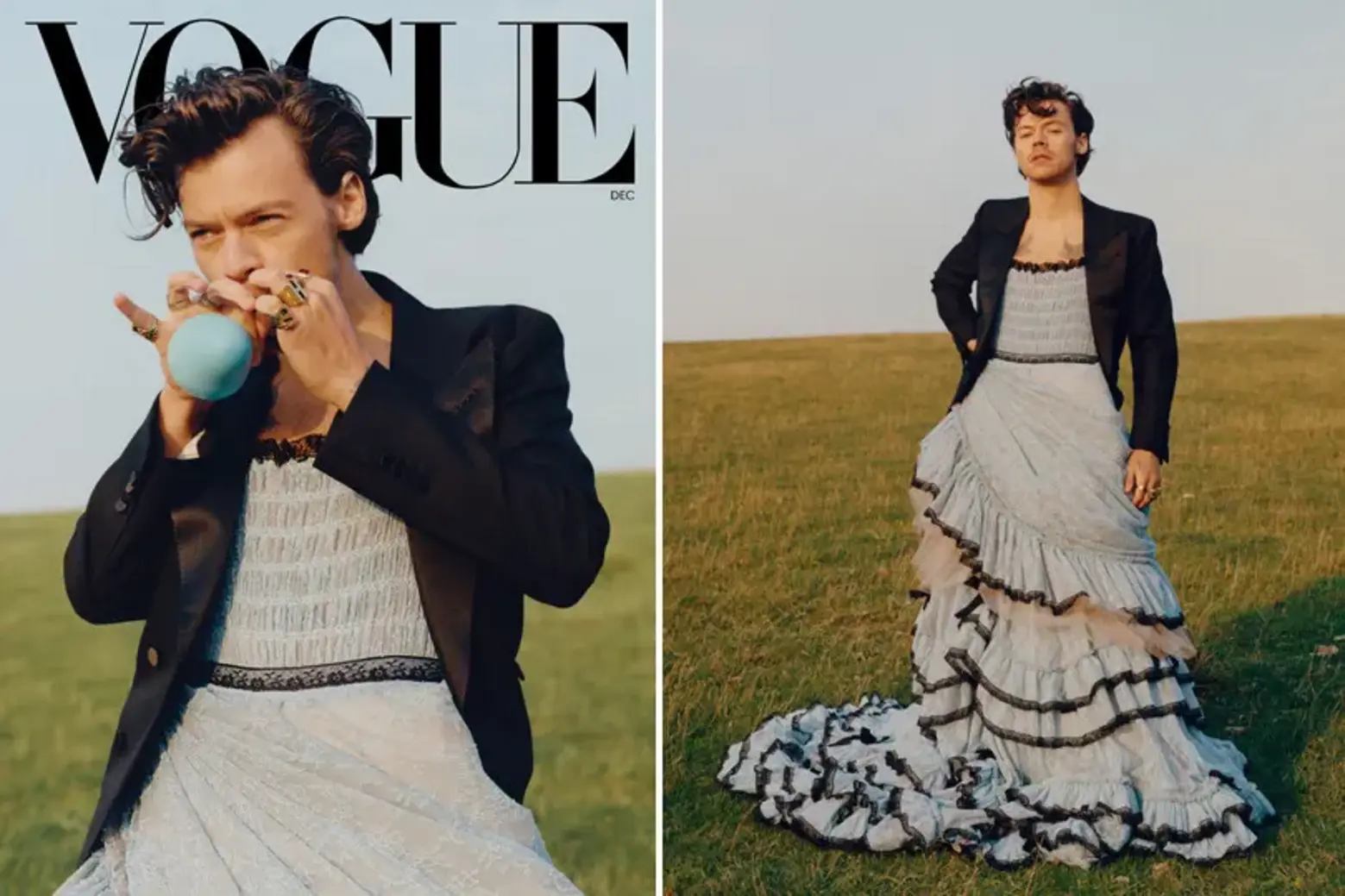
Billy Porter, too, embodies this ethos: his 2025 Met Gala appearance in a feathered velvet tuxedo-gown reaffirmed that strength and softness can coexist in fashion. Jaden Smith continues to demonstrate that gender-neutral clothing can exist seamlessly, free from performative connotations.
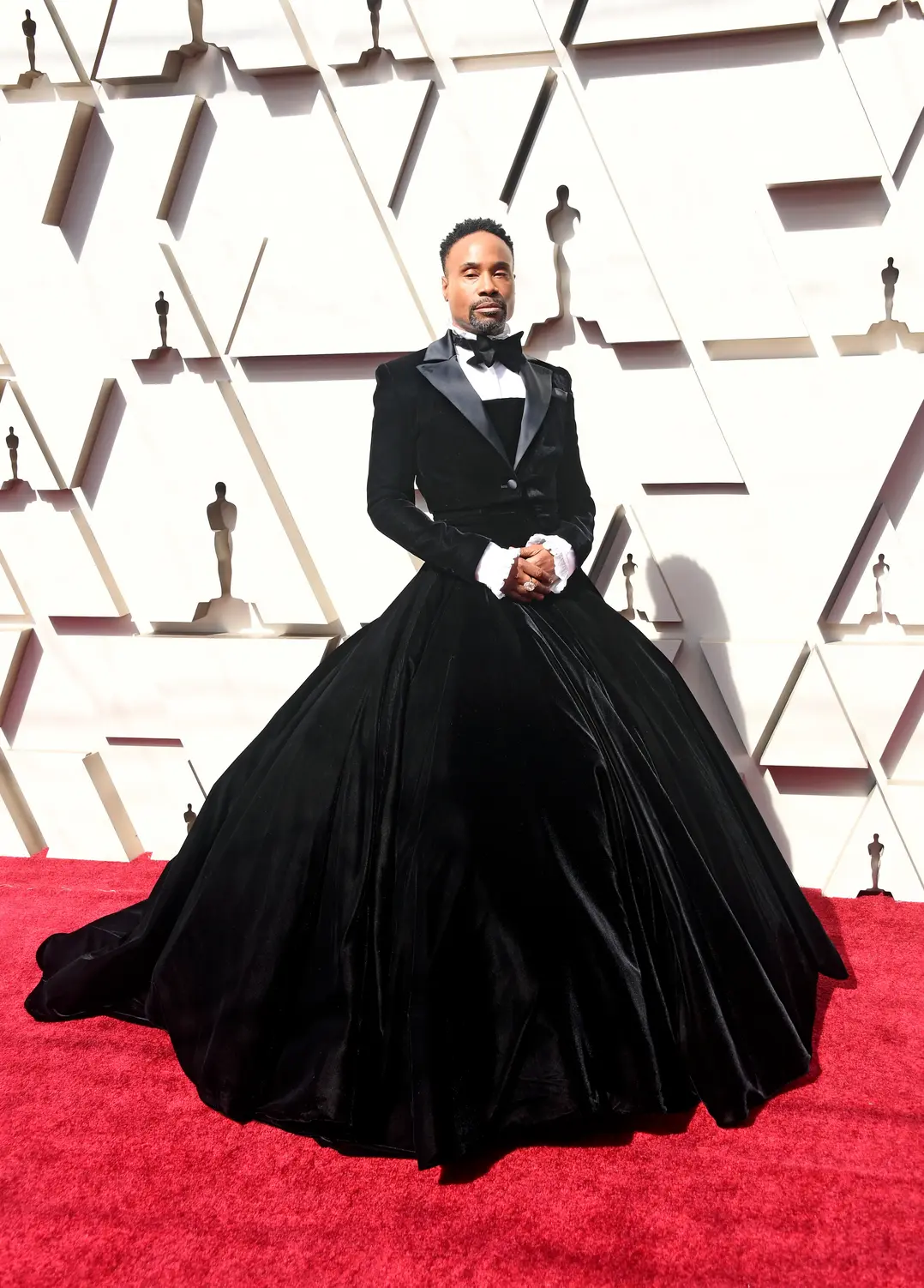
Even commercial brands have embraced this shift. Diesel’s 2025 street-style presentation in Milan, featuring pieces of distressed denim, oversized jackets, and gender-neutral silhouettes, reflects the growing consumer demand for fluid, inclusive fashion. Uniqlo, Gucci, and Zara have also expanded gender-neutral lines, signaling a major industry-wide recognition that modern fashion belongs to everyone.
Punk, grunge, and streetwear aesthetics continue to fuel the gender-neutral movement. Kilts, padded blazers, mesh tops, and platform boots - once coded as strictly masculine or feminine - now belong to the wearer, not their gender. Yohji Yamamoto’s enduring reflection resonates today: “Who decided there should be a difference in the clothes of men and women?” Since the New York Times first popularized the term “unisex” in 1968, dialogue around gender in fashion has only deepened.
The broader cultural impact is equally notable. Fashion’s embrace of androgyny has coincided with increasing societal awareness of gender fluidity and nonbinary identities. The 2025 conversation around clothing no longer centers on strict norms but celebrates autonomy, expression, and inclusivity. In this context, garments serve as tools for articulating identity rather than markers of social expectation.
From Chanel and Dietrich to today’s runway and red carpet icons, fashion has shifted from asking “What is appropriate?” to affirming “You are appropriate.” Androgyny has moved from rebellion at the margins to quiet consensus in mainstream culture. Today, the liberated landscape of fashion celebrates identity in all its diversity, whether through a metallic gown, a tailored suit, or a flowing skirt paired with leather boots. Clothing no longer defines the wearer - it amplifies who they are. Fashion no longer asks questions; it welcomes every expression of self.